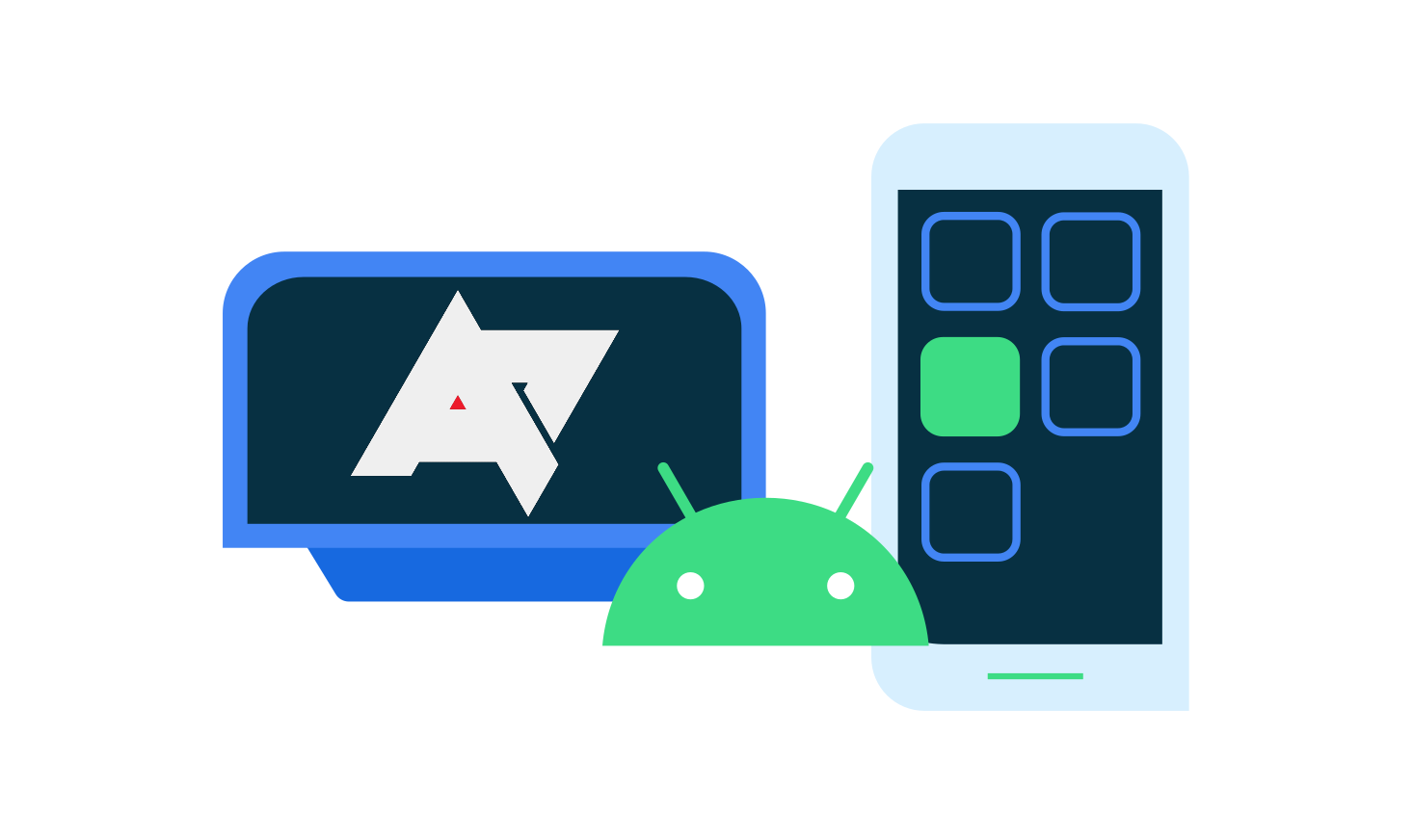Applications share a high degree of correlation to businesses. Unless it's based around intellectual property that can last, many of them don't last for terribly long. The uphill is steep and many developers aren't equipped to tackle all the challenges along the path unless they receive decent investment or are bought out. While that isn't the story for every app out there, there are plenty of them that will pop up in your app store search results and won't have received an update for months or even years. A new report attempts to shine a light on how many of these so-called "abandoned" apps are out there.
Analysts at research house Pixalate say (via The Register and Esper's The Android Edge newsletter) they have found 1.5 million applications on both Apple's App Store and the Google Play Store that have not been updated for at least 2 years with 314,000 apps having not been nudged for 5 years or more. On the flip side, 2 million apps have had an update in the last year with 1.3 million of them bumped in the past 6 months.
On the Android side, approximately 870,000 apps fall under the 2-year threshold (58% market share) with the majority in the 2-3 year segment at 465,000. Of apps that have not had updates for 4 or more years, iOS takes the larger slice at 290,000 (56%). AppBrain tallied more than 2.65 million apps on active offer at the Play Store as of writing, which means nearly one-third of them have been abandoned for at least 2 years.
There are very few no-maintenance evergreen apps to begin with though a good chunk of them tend to have cult followings. Fewer of them will be around in the future, though, with operating systems gaining complexity to fight off security threats and augment user experiences. The Play Store is already stepping up the pressure on app publishers to commit to frequent updates or risk being de-platformed. That's not to say that Google Play is the end-all, be-all of Android app publishing — Amazon's app store is another lucrative example — but none are able to offer such a large audience with looser update guidelines.
Indie developers who superserve smaller communities will find it even harder than it already is to keep up. AppBrain indicates that about four out of every five Android apps have 10,000 or fewer downloads. Yet 31% of apps with 10,000 downloads or fewer across both Android and iOS have not seen an update in at least 2 years versus 27% that had at least one in the past 6 months.
It seems for a fair number of coders that independent mobile app development is fast losing its viability as a side hustle. Will they be able to chase and earn Google and Apple revenue full time? Or will they find themselves squeezed out of the picture by life circumstances or an acquisition?

